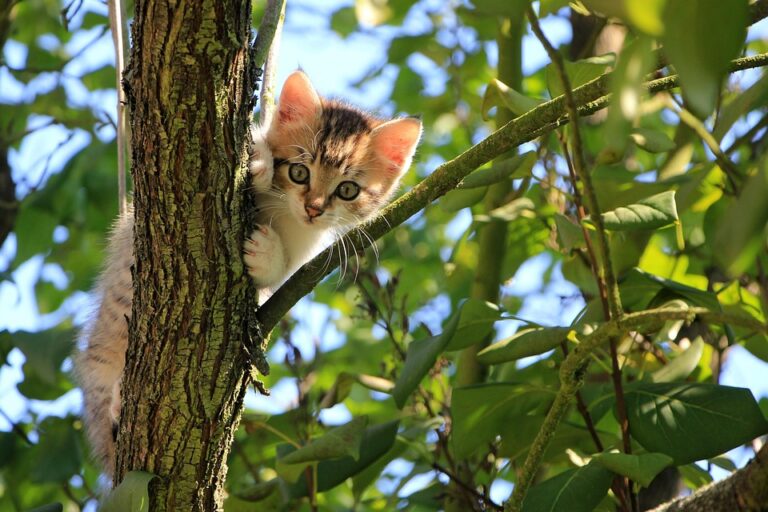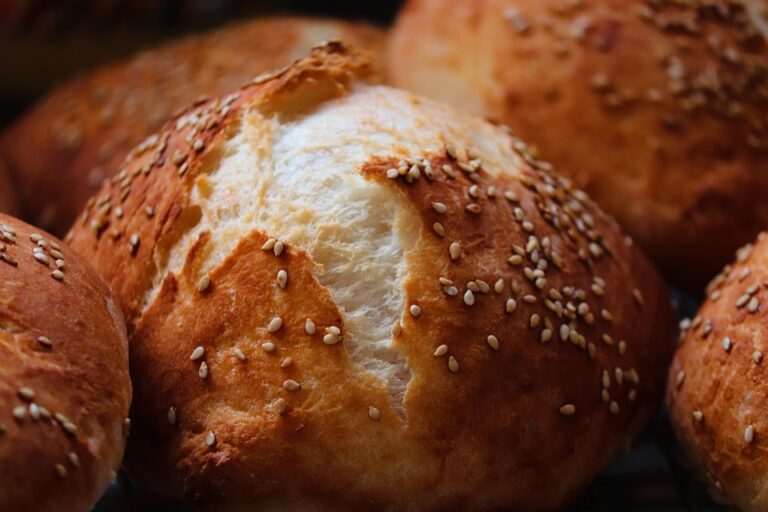
Understanding Kitten Food: A Comprehensive Guide to Common Brands and Types for Optimal Feline Nutrition
When you welcome a kitten into your home, a myriad of responsibilities comes with the tiny bundle of joy. Among these, one of the most critical is ensuring your furry companion receives the right nutrition. With an overwhelming array of brands and types of kitten food on the market, it’s vital to sift through the noise and understand what truly benefits your growing feline.
The Nutritional Needs of Kittens
Kittens have unique dietary requirements, markedly distinct from those of adult cats. Their rapid growth and development call for a diet rich in proteins and fats. In fact, a kitten’s diet should consist of approximately 30-40% protein and 20-30% fat, compared to an adult cat’s 20-30% protein and 10-20% fat. This difference raises a pertinent question: how can pet owners ensure that their chosen food meets these nutritional guidelines?
The Association of American Feed Control Officials (AAFCO) sets standards for pet foods, and it’s advisable to look for products labelled as "complete and balanced" for kittens. This ensures that the food contains all the essential nutrients required for optimal growth and development. However, not all brands adhere to these standards, making research essential.
Types of Kitten Food: Wet, Dry, or Both?
-
Wet Food: Many owners lean towards wet food for kittens, often citing palatability and hydration as key benefits. Wet food typically contains higher moisture content, which can be beneficial, especially for kittens prone to urinary issues. Brands like Royal Canin and Hill’s Science Diet offer wet formulations that are rich in nutrients tailored for kittens. Yet, the higher cost and shorter shelf life can be drawbacks.
-
Dry Food: On the other hand, dry food provides convenience and can be left out for longer periods without spoiling. Brands such as Purina Pro Plan and Iams create premium dry foods specifically for kittens, ensuring they are packed with the necessary nutrients. However, the question remains: do they provide sufficient moisture, or should they be complemented with wet food?
-
Mixed Feeding: A combination of both wet and dry food is often advocated by veterinarians, as it can provide the benefits of both types while ensuring a varied diet. This approach can help mitigate the risks of obesity, a growing concern among pet owners.
Popular Brands to Consider
Navigating the myriad of brands can be daunting. Here’s a quick glance at some popular options:
-
Whiskas: Known for its affordability, Whiskas offers a range of wet and dry food that many kittens enjoy. However, sceptics often question the quality of ingredients used in its formulations.
-
James Wellbeloved: This brand prides itself on using natural ingredients, making it a good choice for owners concerned about artificial additives. Its hypoallergenic options are particularly appealing for kittens with sensitive stomachs.
-
Orijen: If you’re willing to invest in a premium option, Orijen’s high-protein, grain-free recipes are often lauded by pet nutritionists. The brand’s commitment to using fresh, regional ingredients raises another important question: is the cost justified by the nutritional value?
The Role of Ingredients
Understanding the ingredients in kitten food is paramount. Look for high-quality protein sources, such as chicken or fish, listed as the first ingredient. Steer clear of vague terms like "meat by-products," which can be a red flag. Additionally, consider the presence of essential fatty acids, vitamins, and minerals, which contribute to overall health.
Moreover, there’s a growing trend towards grain-free diets. While some argue that grains can lead to allergies or digestive issues, others question the necessity of such diets for all kittens. Consulting a veterinarian can help clarify whether a grain-free option is suitable for your particular kitten.
Monitoring Your Kitten’s Health
Once you’ve selected a food, keeping a close eye on your kitten’s health is crucial. Regular check-ups with the vet can help ensure that your little one is thriving on their diet. Watch for signs of allergies, digestive problems, or changes in energy levels, as these could indicate that adjustments need to be made.
As your kitten grows, their dietary needs will evolve. What worked at six weeks might not suffice at six months. Hence, being adaptable and staying informed is key to providing optimal nutrition throughout their formative years.
BargainsTrust continues to bring you a curated selection of quality products, ensuring you make informed choices for your beloved pets.






